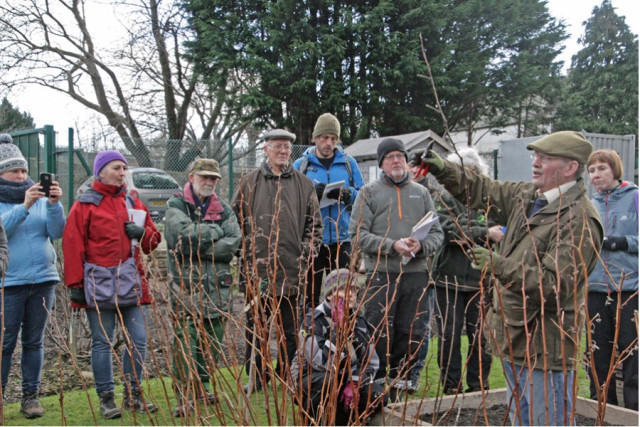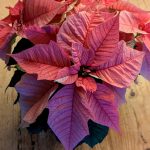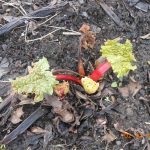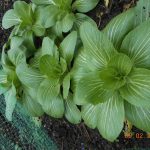Notes from the winter fruit pruning workshop
These notes from The Caley allotment crew about winter fruit pruning may help those who came to the workshop last Sunday and those those who couldn’t make it. 
Pruning is important to remove dead, dying and diseased branches, allows light and air to the centre of the plant and promotes new growth. Lack of air movement encourages the growth of fungus and increases the chance of rotting.
Apples and Pears are best pruned every winter when the trees are dormant between November and early March. Trees that are not pruned become less productive and congested with old branches.
Cordon: should be planted sloping to the north, allowing sun along the whole of the tree. Cut off side shoots to 6 inches to encourage fruit buds near the stem. Aim for 6 apples per tree. One shoot will grow as the leader showing apical dominance. The vegetative buds are small and are at the top of the leader. Take the vegetative section back by about one third to about 6 inches. The fruit buds are fatter and grow on top of a wrinkly piece of wood.
Espalier: Cut off the tip of the leader. Cut off any branches which can’t be tied into shape.
Bush: Treat each branch as a cordon.
Soft Fruit
Gooseberries: Cut out dead and diseased stems and any crossing stems. Take back side shoots to 2 buds. [Pointy fat buds are fruit buds]. Remember to make space round each branch to get in to pick the fruit!
Create space in the middle of the bush. Cut off any branches too near the ground.
Gooseberries, red and white currants need a 6 inch leg to keep the fruit off the ground. Use the prunings as cuttings. About 8 inches in length – remove the buds from bottom 6 inches and insert in ground. When rooted, you can plant about 2 inches deep. The remainder will not shoot because you have removed the buds and will become the leg of the bush.
Red currants / whitecurrants are related to gooseberries so take back side shoots to 2 buds. Use prunings as cuttings by taking an 8 inch cutting and remove buds from bottom 6 inches.
Blackcurrants fruit on young wood of previous year’s growth so need a lot of young growth ie shoots from the base of the plant. Remove crossing branches and clear out the centre. Don’t tip prune unless the bush is much too tall
Use prunings as cuttings – about 8 inches long, insert 6 inches in ground. Leave the buds on the cutting – these will become shoots when it is rooted and can be planted at around 2 inches deep.
Raspberries
Summer fruiting: Remove all old fruiting canes. Tie in new canes to wire. 6 canes per clump. Best on slight ridge. Autumn fruiting: Cut down totally to ground in winter.
Loganberry, Tayberry, Brambles: Take out all old fruit branches to base since growth comes from ground. Allow 5 new strong canes per plant. Remove excess side shoots from new shoots and shorten if necessary. Bundle up loose shoots and tie to post or create a framework .
Less actioned need:
Plums and cherries: Only prune to keep within bounds. Prune thick branches in summer only but you can prune thin small branches in winter.
Blueberries: Need a very acid soil. Fruit on 2 and 3 year old branches so only remove branches that are weak, crossing or close to soil, or are 4 years old and over.







